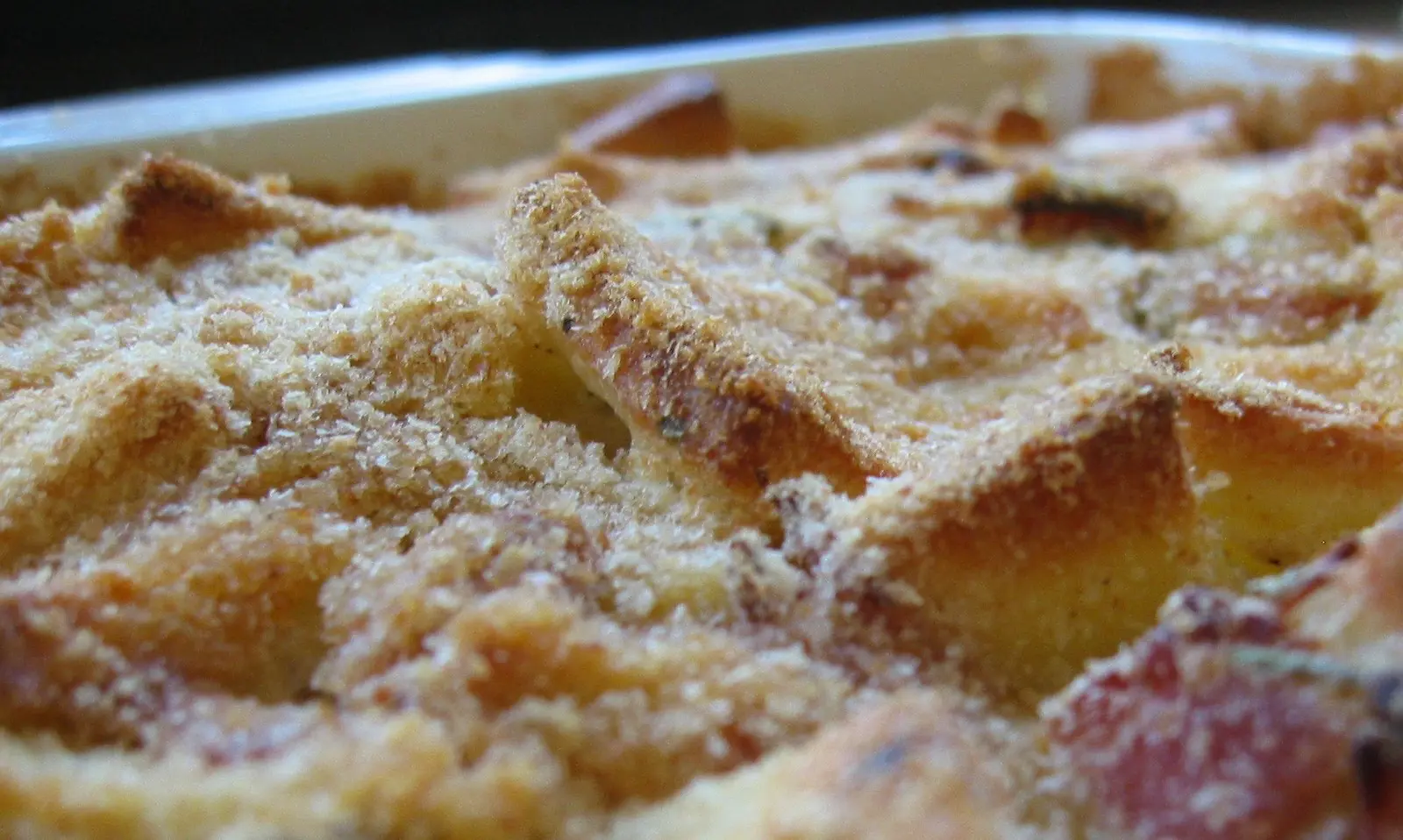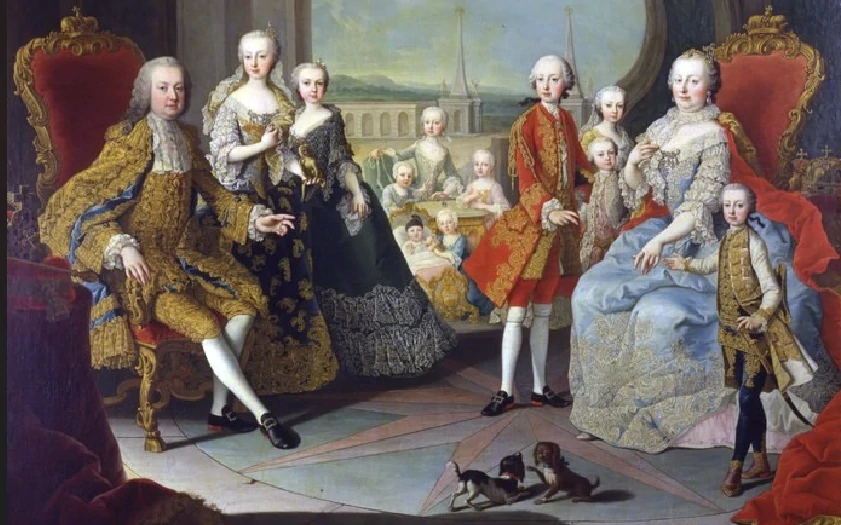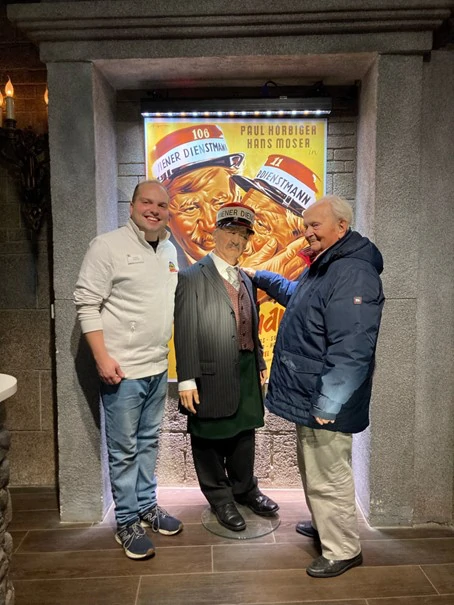Pieces of pasta and ham cut into small pieces, mixed together and lightly fried.
The “Fleckerl“, or pasta, was of course also made in the home kitchen in the past.
This dish was already well known in Vienna in the 18th century .
It was certainly not an upscale dish for the fine tables of aristocratic society, but rather a part of middle-class cuisine.
What was bourgeois?
Proud owners of small or medium-sized craft businesses, who were also physically demanding, had to eat something nutritious every day. The ingredients in this dish could not be expensive. Why are the pieces of pasta called “Fleckerl “?
These were and still are small, mostly square-cut pasta, which is cooked “al dente” and prepared in a pan with small but not too small pieces of ham or similarly chopped smoked meat with onion pieces. They are usually served with a green leaf salad or coleslaw . In a Viennese inn, you can also enjoy the “Schinkenfleckerln” as a small meal, which is also prepared in a gratinated form, as well as at the “Heurigen”, where this small dish is also able to satisfy a big appetite. Time Travel Tip: In the “Rochus” on Landstraßer Hauptstraße, this dish is just as much a culinary delight as in the “Wiener” on Hermanngasse.
(Source: https://de.wikipedia.org/wiki/Schinkenfleckerl) Editor: Michael Ellenbogen



